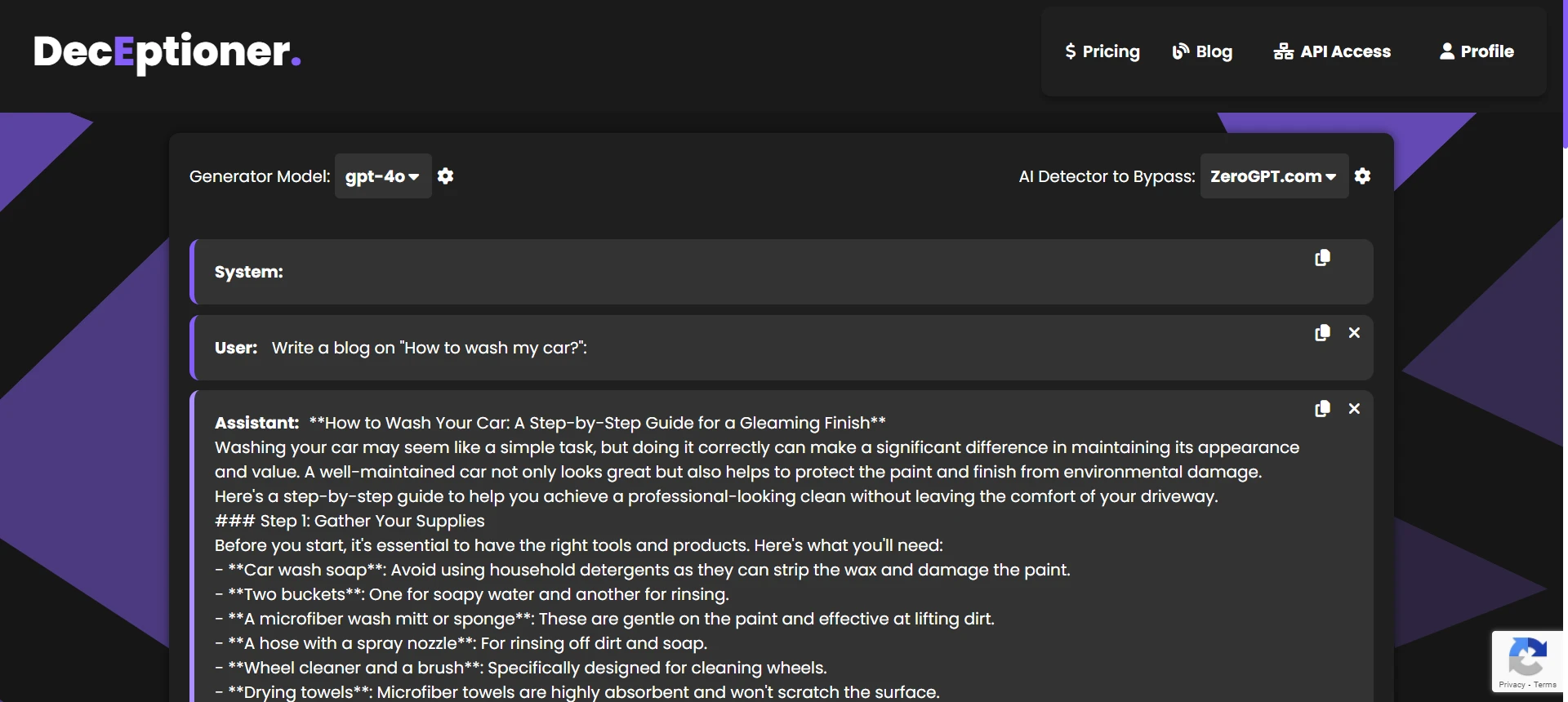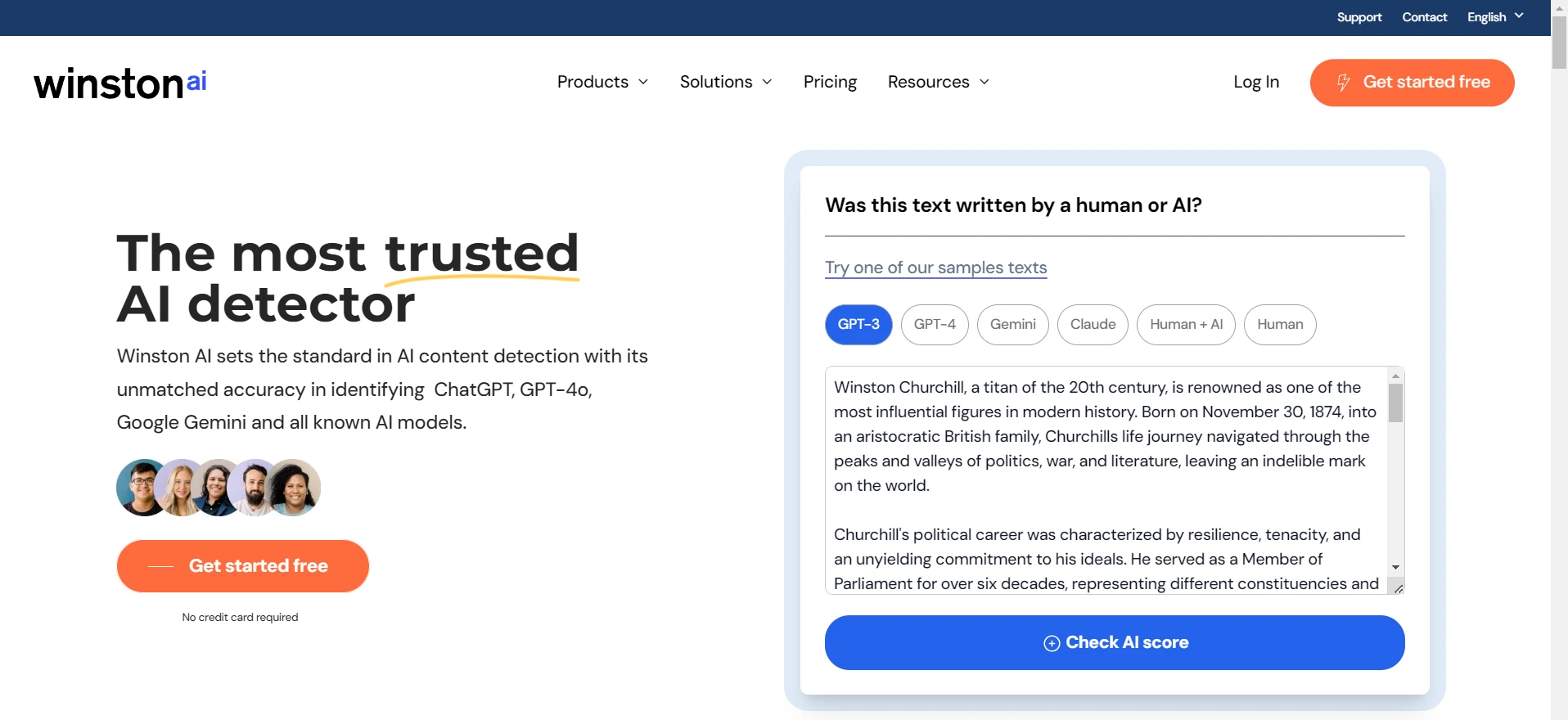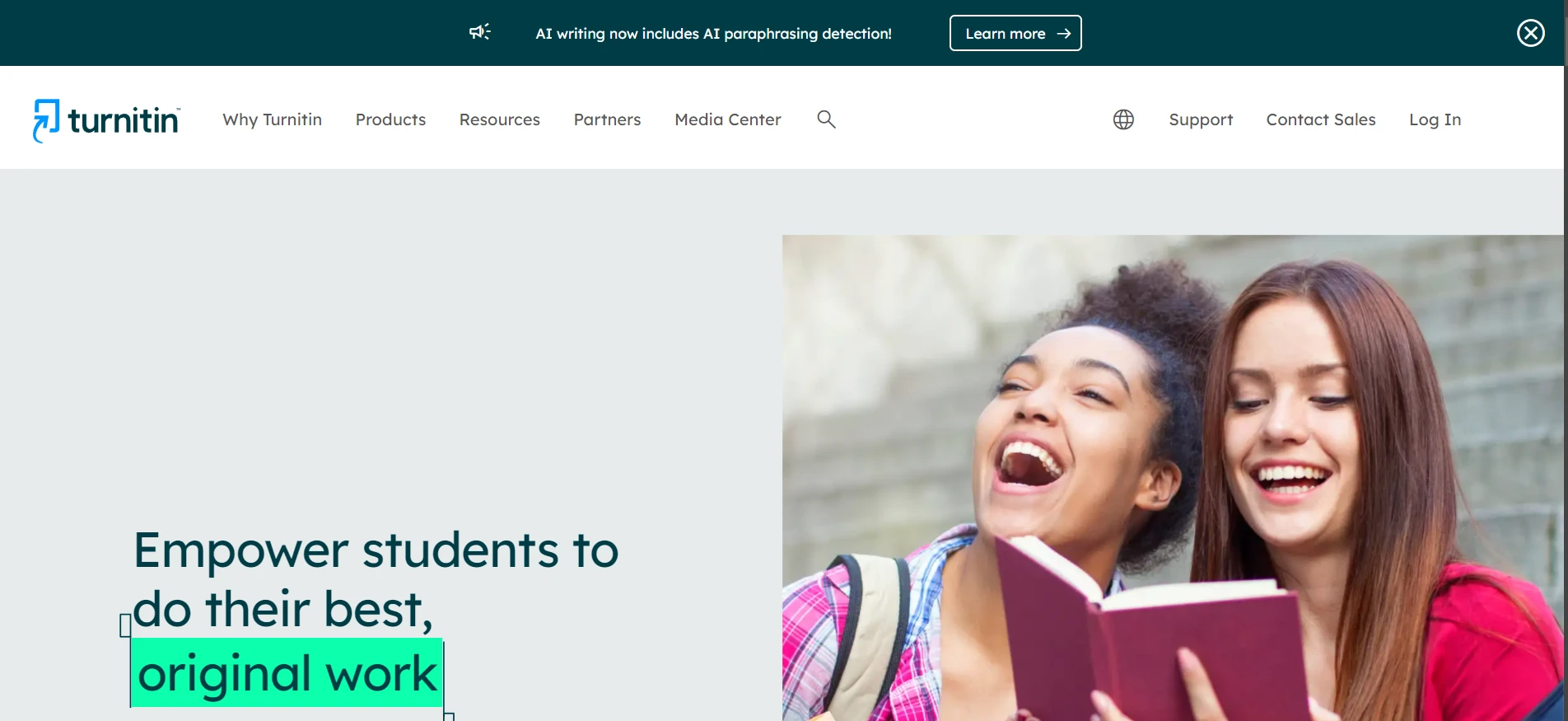The short answer: not by default. The longer answer: it depends on how you use it. Let’s break it down in plain English.
Why people panic about Copilot in the first place?
Here are the common worries I hear from instructors and students:
- “Copilot does the assignment for you.” People think a student can paste the prompt, smash Tab, and hand it in. That can happen on simple tasks. If you just accept whatever it spits out without thinking, you’re not learning.
- Originality and plagiarism. Copilot can generate code that isn’t copied line-for-line from one place, so it’s harder to spot. That makes some teachers worry students will sneak AI-written code in as their own.
- Loss of learning. If the AI writes everything, do you still learn to code? If you outsource your thinking, obviously not.
- Fairness and integrity. If some students use it and others don’t, is that fair? If a class bans outside help, using Copilot would break the rules. Also, authorship gets blurry fast.
All of these are real concerns when Copilot is misused. But calling it “cheating” in every case misses the point. Just like the internet, calculators, or IDE autocomplete, the tool is neutral. Your intent and your process are what matter.
Copilot is a tool, not a free pass
Think about calculators. People once said calculators would ruin math. Now they’re standard in classrooms. Why? Because you still have to know what you’re doing. You just don’t waste hours crunching the same numbers by hand.
Copilot is the coding version of that. It handles boilerplate, repetitive syntax, and the boring bits. You focus on logic, design, and problem-solving. In the real world, developers already use AI assistants to move faster on routine stuff so they can spend time on the parts that actually need a brain.
But here’s the catch: Copilot isn’t a brain replacement. It makes mistakes. It guesses. Sometimes it gives you weird or wrong code. You have to read it, test it, refactor it, and understand it. That means the responsibility is still on you.
How is this different from Stack Overflow or a textbook? It isn’t, really. Copilot is like “instant Stack Overflow” that writes in your context. The rule hasn’t changed: if you grab a snippet from anywhere, you should understand it before you submit it. If you don’t, that’s bad practice and usually against class rules. Using a library isn’t cheating. Using autocomplete isn’t cheating. Using Copilot isn’t cheating - unless you’re trying to skip learning or break your course policy.
How to use Copilot without crossing the line?
If you want to stay on the right side of academic integrity, this is the playbook:
- Use it as a supplement, not a substitute. Get hints, patterns, or a starting point. Don’t let it write the whole assignment while you zone out.
- Review, test, and modify everything. You own what you submit. Run test cases, debug edge cases, and rewrite sections so they match your style and the course requirements.
- Be transparent when required. If your course asks you to disclose AI use, do it. A short note in comments like “Used Copilot to scaffold this function, then refactored and tested” is often enough. Hiding AI use when you’re supposed to disclose is where integrity gets broken.
- Follow the rules for each assignment. Some tasks will allow AI help, some will limit it, and some (like exams) won’t allow it at all. If it’s banned, don’t use it. Simple.
- Do the “explain it back” test. Close your laptop and explain the code, or rewrite it from memory. If you can’t, you leaned too hard on the tool.
When students follow these steps, Copilot becomes a learning partner, not a cheating machine.
What about copyright and licensing?
This part freaks people out, so let’s keep it practical.
- Training data vs. your use. Copilot is trained on tons of public code. The debate about training data is between the tool makers and copyright law, not individual students using it for coursework.
- Output risk. The real risk is if the AI spits out a long chunk that’s basically copied from a specific project with a strict license. That’s rare, but it can happen in edge cases.
What to do in practice:
- If Copilot produces a longer, oddly specific block, search a unique phrase from it. If it matches something, either attribute it or rewrite it in your own style.
- Prefer shorter suggestions and then build them out yourself.
- Heavily adapt anything you accept. Make it yours and make sure you understand it.
Safeguards exist. Copilot has filters to reduce verbatim matches. Also, the code you accept is considered your output. If you’re just submitting for a class, the practical legal risk is tiny. The bigger issue in school is honesty, not lawsuits.
None of this is legal advice, obviously. It’s just the common-sense way students avoid headaches.
Why Copilot can actually improve learning?
Used well, Copilot is a net win for students and teachers:
- Instant feedback. You get suggestions in real time. That helps you get unstuck and learn by example.
- Faster progress, more thinking time. When the routine stuff moves faster, you can spend time on design, analysis, and testing, where actual learning happens.
- Exposure to better patterns. You’ll see idiomatic code, built-ins you didn’t know, and cleaner ways to do things. That levels you up.
- Personalized help. Beginners get scaffolding. Advanced students accelerate. Everyone can push a bit further.
- Career prep. AI assistants are already in the workplace. Learning to prompt well, review AI output, and keep human oversight is a real skill now.
- Shift to higher order skills. If the “first draft” of code is easy to get, instructors can assess architecture, reasoning, complexity analysis, and your ability to adapt a solution, not just whether you can type syntax from memory.
What teachers can do right now?
Blanket bans won’t hold. Better options:
- Say when AI is allowed, when it isn’t, and how to disclose it.
- Grade the process, not just the final code: prompts, drafts, tests, and reasoning.
- Add quick oral checks or code walkthroughs to confirm understanding.
- Redesign “too-Googleable” assignments into richer tasks where Copilot handles the grunt work but students must make real decisions.
Frequently Asked Questions
Q1. Is using Copilot cheating?
No. It’s cheating if you use it to deceive or break the rules of your course. If you use it as an aid, understand the work, and disclose when asked, you’re fine.
Q2. Should I disclose Copilot use?
If your class asks you to, yes. Be brief and specific about what part it helped with. If the policy is silent, use your best judgment or ask.
Q3. Can I use Copilot on exams?
If the exam says no outside tools, then no. Treat it like bringing notes into a closed-book test.
Q4. Will I get “caught” if I use Copilot?
If you follow the rules, review and modify the output, and can explain your code, you’re not trying to “get away” with anything. If you try to hide it or submit code you don’t understand, you’re asking for trouble.
Q5. Could Copilot output be plagiarism?
It can accidentally mirror known code. If a long, specific block pops out, check it. Attribute or rewrite. Always understand what you submit.
Q6. Does Copilot stop me from learning?
Only if you let it do the thinking for you. If you use it to accelerate the boring parts and then push deeper on design, testing, and reasoning, you’ll probably learn more, not less.
The Bottom Line
Copilot isn’t automatically cheating. It’s a tool. If you use it to skip learning and mislead your instructor, that’s on you. If you use it to learn faster, document your process when asked, and still do the hard thinking, you’re doing it right.
Students: treat Copilot like a smart assistant, not a brain transplant. Teachers: design assignments and policies that reward understanding, not just keystrokes. The tech is here to stay. The game now is to build integrity into how we use it. Use the tool, own your work, and keep your learning front and center.

![[OPINION] Is Using CoPilot Cheating?](/static/images/is-using-copilot-cheatingpng.webp)
![[G0] Can GPTZero Humanize AI Text?](/static/images/can-gptzero-humanize-ai-textpng.webp)
![[HOT TAKE] Why is ZeroGPT so bad?](/static/images/why-is-zerogpt-so-badpng.webp)
![[DIRECT] Best Affordable AI Humanizers (That Still Work in 2025)](/static/images/best-affordable-ai-humanizerspng.webp)
![[HOT] Can You Compare ZeroGPT With Other Top Tools?](/static/images/can-you-compare-zerogpt-with-other-top-toolspng.webp)





